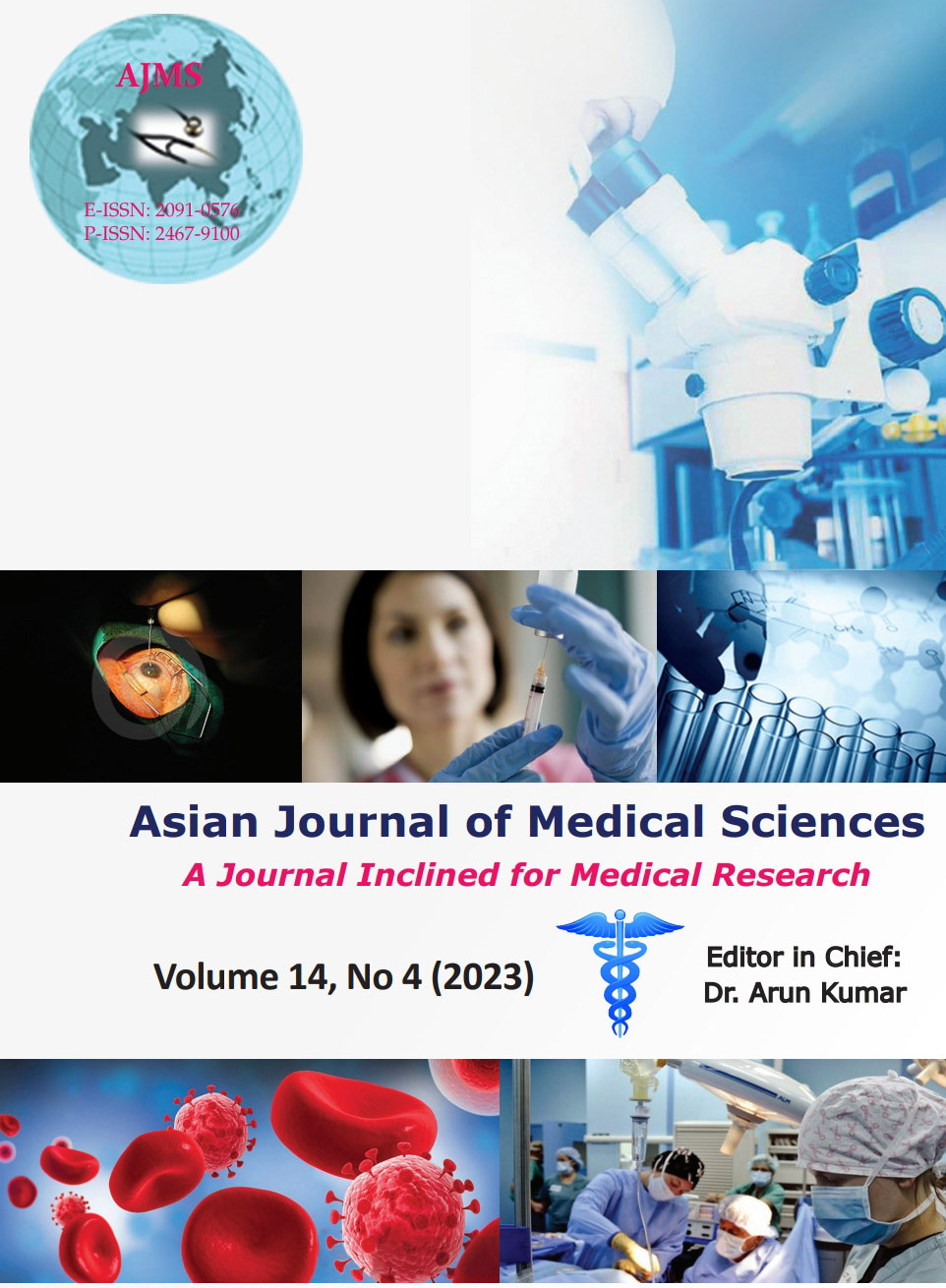Study of knowledge, attitude, and practice of contraception among antenatal women at tertiary care hospital in Western Rajasthan
Keywords:
Contraceptive; Condoms; Sterilization and oral contraceptive pillsAbstract
Background: The global population today stands at 7.7 billion and is expected to reach 9 billion by year 2045.1 Increasing population is a global problem today. India is the largest demographic country of the world, posses 2.4% of world land area and supports 16% of world’s population. India is going to be the highest populous country in the world by the year 2050.
Aims and Objectives: The aim of the study was to assess the knowledge, attitude, and practice of contraception among antenatal women attending ANC clinic at Umaid Hospital.
Materials and Methods: An observational and cross-sectional study conducted in department of Obstetrics and Gynaecology at Umaid Hospital, Jodhpur.
Results: Our study revealed that majority (86%) of illiterate women not using contraceptive methods while users of contraceptive increase with education, contraception usage was found more in urban area (51%). Majority (95%) of participants had some knowledge about methods of contraception, commonly heard method was tubectomy (87%) followed by IUCD (68%), condoms (64%), and pills (61%), but this knowledge is not leading to increased practice, as only 43%participants had used contraception. Family acted as major source of information (35%) followed by health care worker (27%). Most of users accessed contraception from pharmacy (43%) followed by health center (24%). Most common reason to use contraception is to give gap between kids (33%) followed by, to prevent unwanted pregnancy (25%). Near 60% of participants agreed that husband opinion is the most important factor for choice of contraception.
Conclusion: The consciousness to curb the rapid growth of population is rampant all over the world. Extensive efforts are being made in the developing countries to reduce the existing crude birth rates through the developing countries to reduce the existing crude birth rates through the development and reforms of indirect measures such as social, economic, cultural, health, and educational besides the direct programs of family planning.
Downloads
Downloads
Published
How to Cite
Issue
Section
License
Copyright (c) 2023 Asian Journal of Medical Sciences

This work is licensed under a Creative Commons Attribution-NonCommercial 4.0 International License.
Authors who publish with this journal agree to the following terms:
- The journal holds copyright and publishes the work under a Creative Commons CC-BY-NC license that permits use, distribution and reprduction in any medium, provided the original work is properly cited and is not used for commercial purposes. The journal should be recognised as the original publisher of this work.
- Authors are able to enter into separate, additional contractual arrangements for the non-exclusive distribution of the journal's published version of the work (e.g., post it to an institutional repository or publish it in a book), with an acknowledgement of its initial publication in this journal.
- Authors are permitted and encouraged to post their work online (e.g., in institutional repositories or on their website) prior to and during the submission process, as it can lead to productive exchanges, as well as earlier and greater citation of published work (See The Effect of Open Access).




